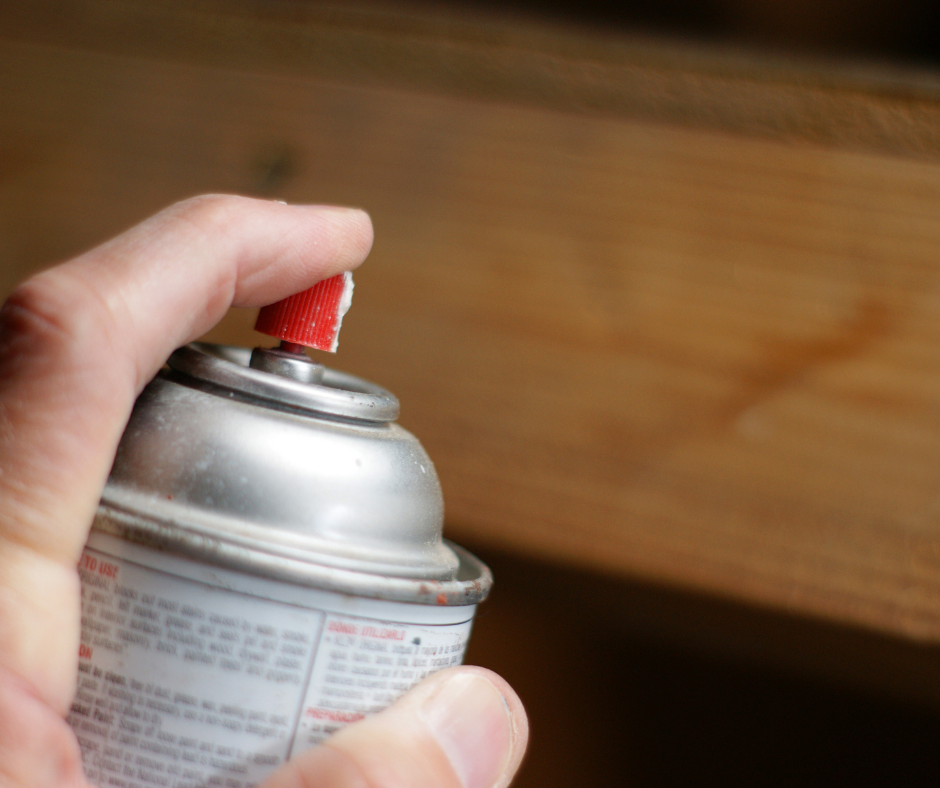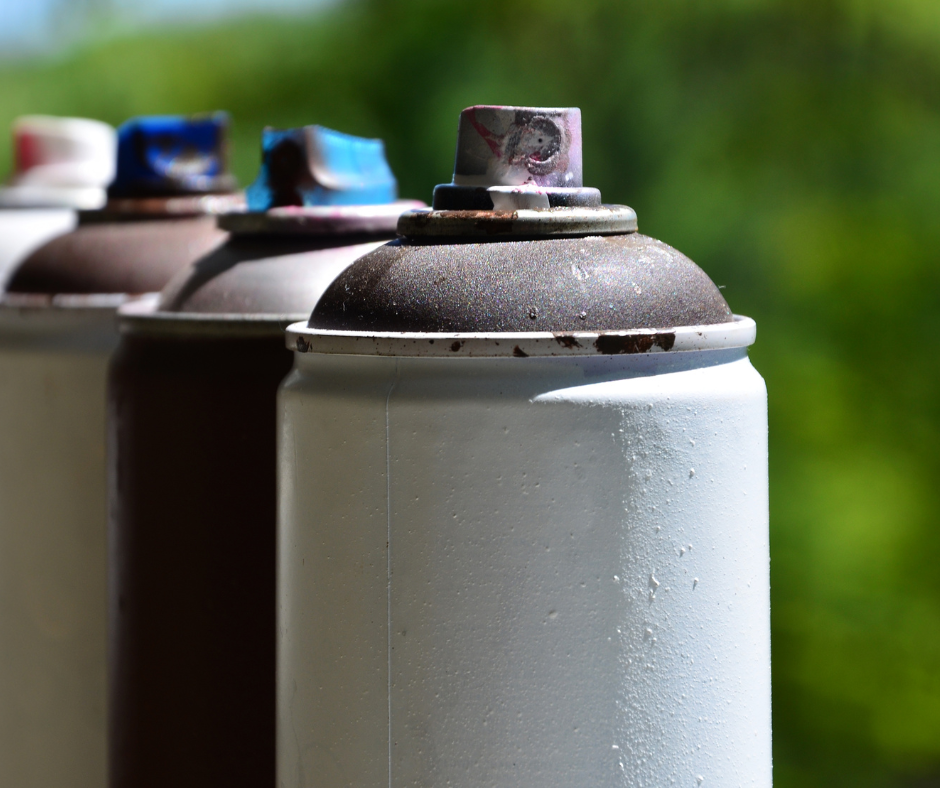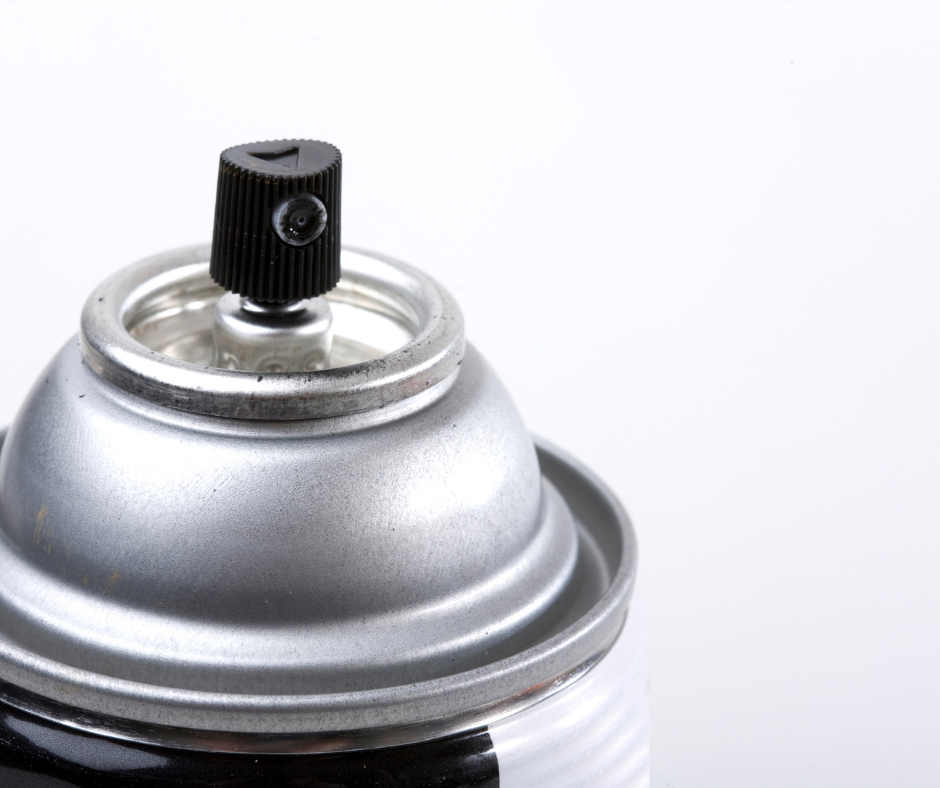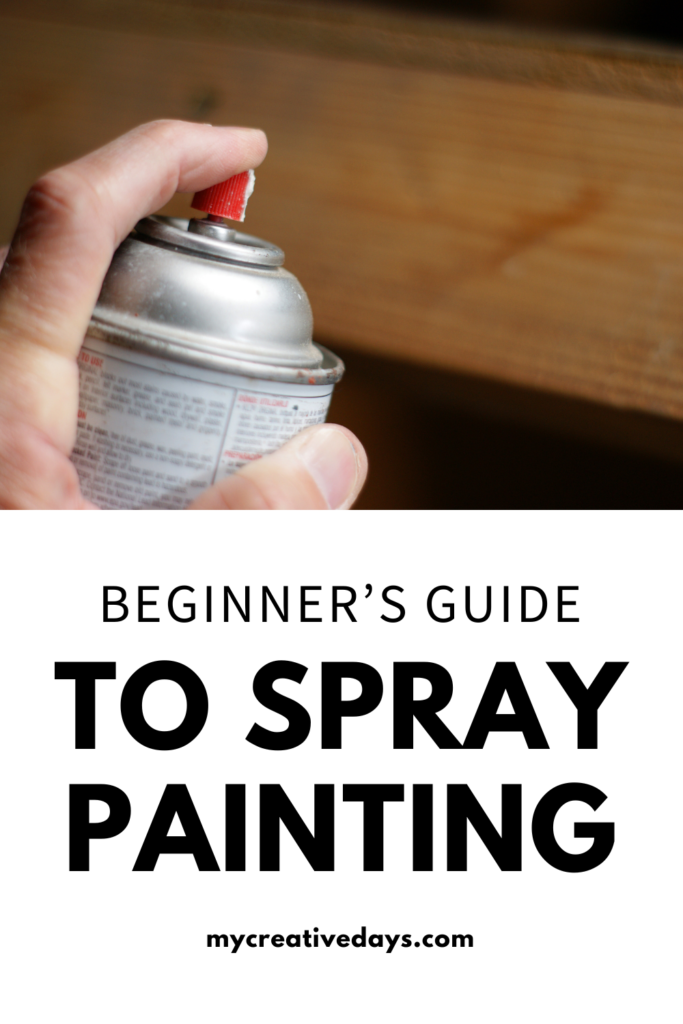Embarking on your journey into the world of spray painting can be both exciting and daunting. With the right techniques and guidance, however, you can quickly become proficient and unleash your creativity onto various surfaces. In this beginner’s guide to spray painting, I’ll walk you through everything you need to know to start spray painting like a pro.

Beginner’s Guide To Spray Painting
Understanding Your Tools:
I will start this beginner’s guide to spray painting with this. Before diving into your first project, it’s essential to familiarize yourself with the tools of the trade. Invest in a high-quality spray paint suitable for your desired surface, along with a compatible primer if necessary.
Preparation is Key:
Achieving professional-looking results begins with proper preparation. Start by thoroughly cleaning and sanding the surface you plan to paint to remove any dirt, grease, or imperfections. Next, protect surrounding areas from overspray by covering them with drop cloths or masking tape. Taking these steps will ensure a smooth and flawless finish.
Don’t Opt For The Cheapest:
When delving into the world of spray painting, it’s tempting to opt for the cheapest can on the shelf, thinking it will get the job done just fine. However, skimping on quality paint can lead to frustrating results. Cheap spray paint often lacks the pigment concentration and durability needed for a professional-looking finish. Not only does it tend to produce uneven coverage, but it may also chip or fade quickly, leaving your project looking lackluster in no time. Investing in quality spray paint from reputable brands might cost a bit more initially, but the results will speak for themselves in the long run. You’ll achieve smoother application, vibrant colors, and a finish that lasts, making it a worthwhile investment.
Choose The Right Paint For The Job:
Choosing the right spray paint for your project can seem overwhelming with the myriad of options available. However, manufacturers now produce spray paints tailored to specific surfaces such as plastic, glass, wood, and more. This specialized approach ensures optimal adhesion and durability, resulting in a professional finish regardless of the material you’re working with. Whether you’re reviving an old plastic chair, adding a splash of color to a glass vase, or refinishing wooden furniture, there’s a spray paint formulated precisely for the task at hand. By selecting the appropriate paint for your surface, you’ll not only enhance its appearance but also prolong its lifespan, making your projects a success.
Importance of Ventilation in Spray Painting:
Ventilation is an often overlooked but essential aspect of spray painting, especially for beginners. Proper airflow helps in dispersing fumes and overspray, minimizing health risks associated with inhaling paint particles and solvents. When spray painting indoors, ensure that the area is well-ventilated by opening windows and using fans to circulate air. Alternatively, consider setting up your painting station in a well-ventilated outdoor space to reduce exposure to harmful fumes. Additionally, wearing a respirator or mask designed for spray painting can provide an extra layer of protection against inhaling potentially hazardous chemicals. You can find my favorite masks HERE.

Ideal Temperature for Spray Painting:
When diving into the world of spray painting, understanding the environmental factors can significantly impact your results. Optimal temperature plays a crucial role in achieving the best outcomes. Generally, it’s recommended to spray paint when the temperature is between 50°F to 90°F (10°C to 32°C). Extreme temperatures can affect the consistency of the paint, leading to issues like clumping or uneven coverage. Warmer temperatures can cause the paint to dry too quickly, resulting in a rough texture, while cooler temperatures may prolong drying times excessively. Therefore, aim for mild weather conditions to ensure smooth application and drying of the paint.
Mastering Technique:
The key to successful spray painting lies in mastering your technique. Hold the can approximately 6-8 inches away from the surface and apply paint in smooth, even strokes, moving your arm steadily from side to side. Avoid spraying too close or holding the can in one spot for too long, as this can result in drips or uneven coverage. Practice on a test surface to get a feel for the pressure and motion required before tackling your main project.
Layering for Depth and Dimension:
To achieve depth and dimension in your spray painting projects, consider layering multiple coats of paint. Start with a light base coat, allowing it to dry completely before applying additional layers. Experiment with different colors and textures to create depth and visual interest in your artwork.

Finishing Touches:
Once you’ve completed your painting, allow it to dry thoroughly before handling or displaying it. Depending on the surface and type of paint used, you may choose to apply a clear sealant or varnish to protect your project from damage and enhance its longevity.
With the right tools, preparation, and technique, anyone can become proficient in the art of spray painting. Whether you’re looking to add a pop of color to your home decor or unleash your creativity on canvas, this beginner’s guide to spray painting has equipped you with the knowledge and confidence to bring your artistic vision to life. So grab your spray paint and let your imagination soar!
If you are someone who likes to see the process in real-time, I have a YouTube video that shows you how to spray paint. You can find the video HERE.
While you are there, make sure to SUBSCRIBE to my channel! I am uploading new videos every week. If you find a video helpful, I would appreciate it if you would share it.
PIN THIS POST!

If you found this post helpful, you will also love these posts:
How To Build Confidence As a Beginner DIYer
Scuff Sanding vs. Regular Sanding
Differences Between Gel Stain and Regular Stain


Wish I had watched the video before starting my project. I am spraying a remote plastic a/c unit. All was well until I sprayed the clear coat and now I have streeks. When I started sanding the texture became sticky. Any suggestions?
It sounds like maybe it wasn’t fully dry before you sanded or you didn’t prep the surface well before you painted. Also, make sure the temp outside is condusive for spray paiting. Sometimes it is too hot or too cold for the spray paint and top coat to perform as it should.